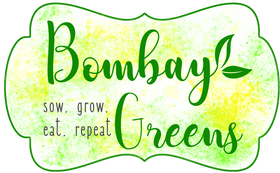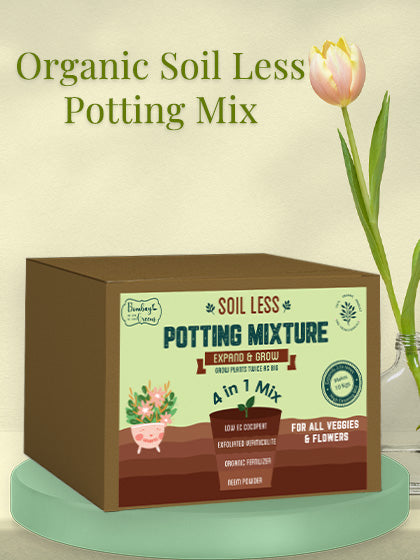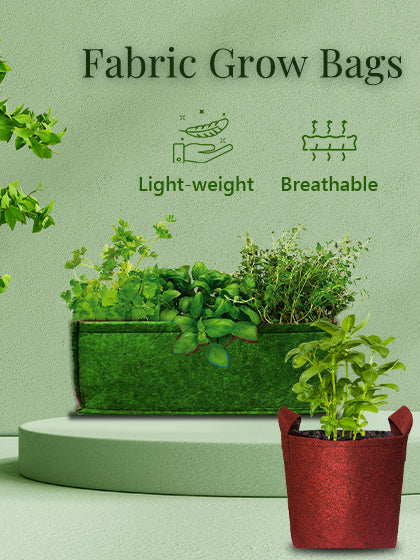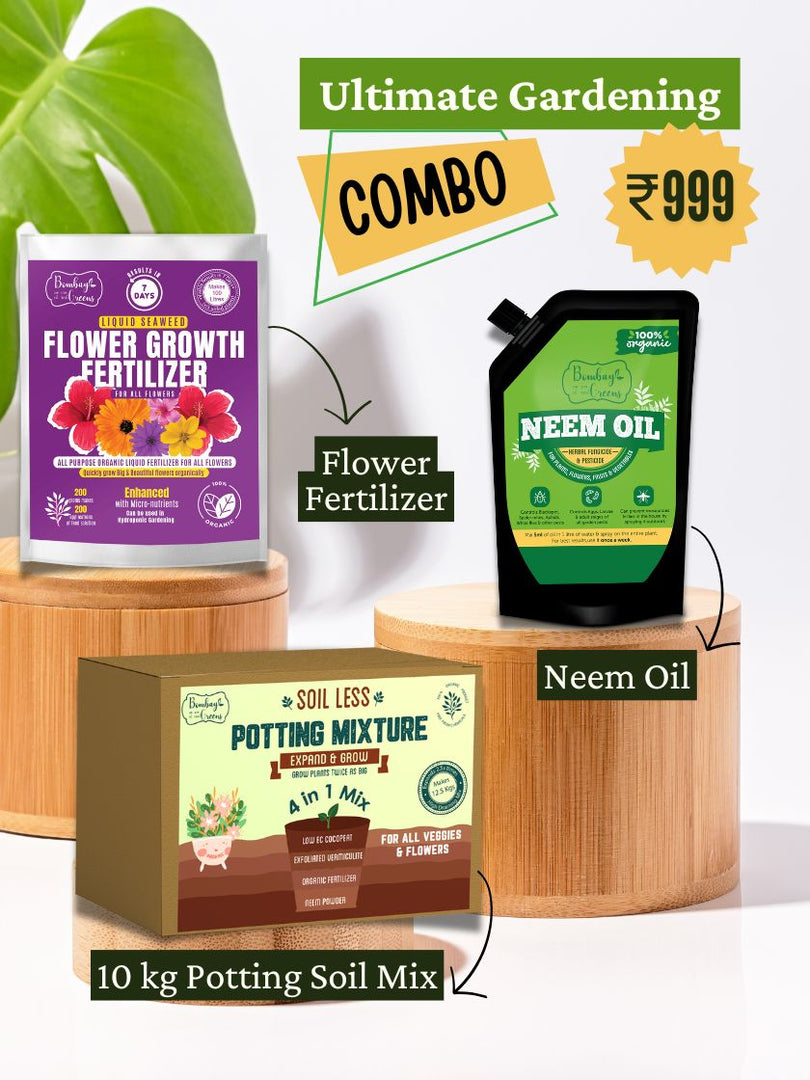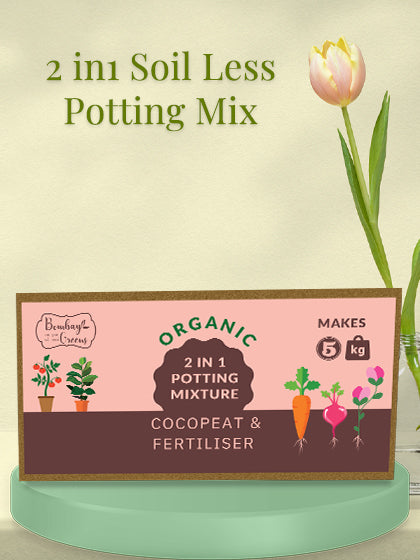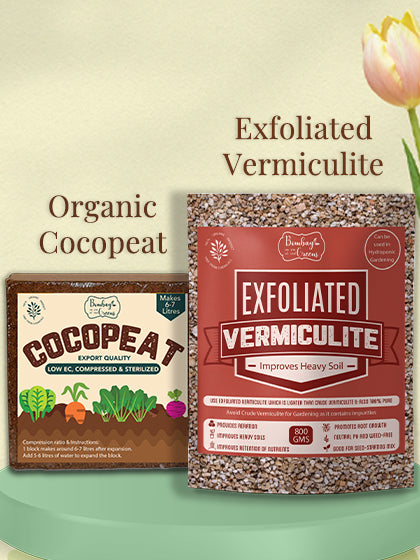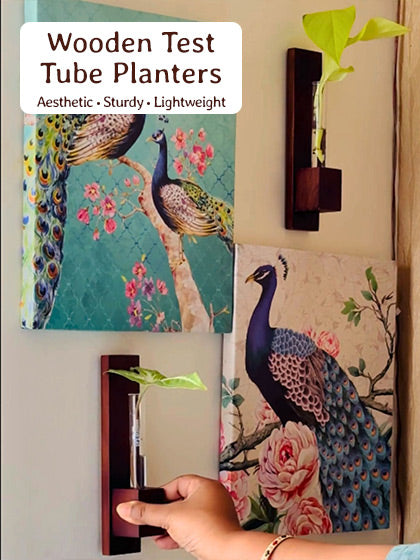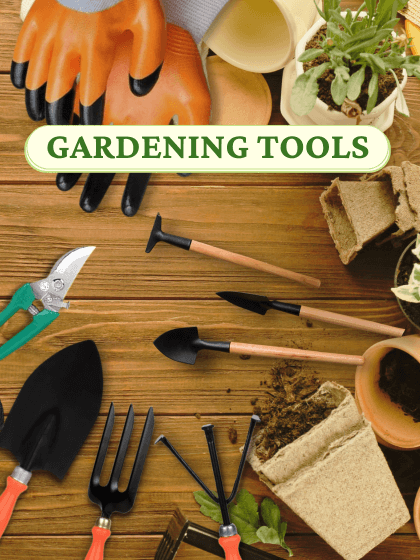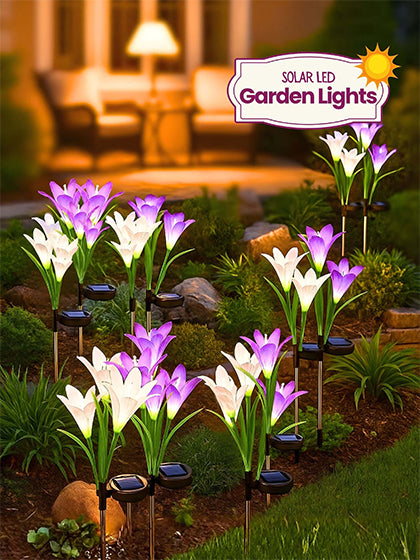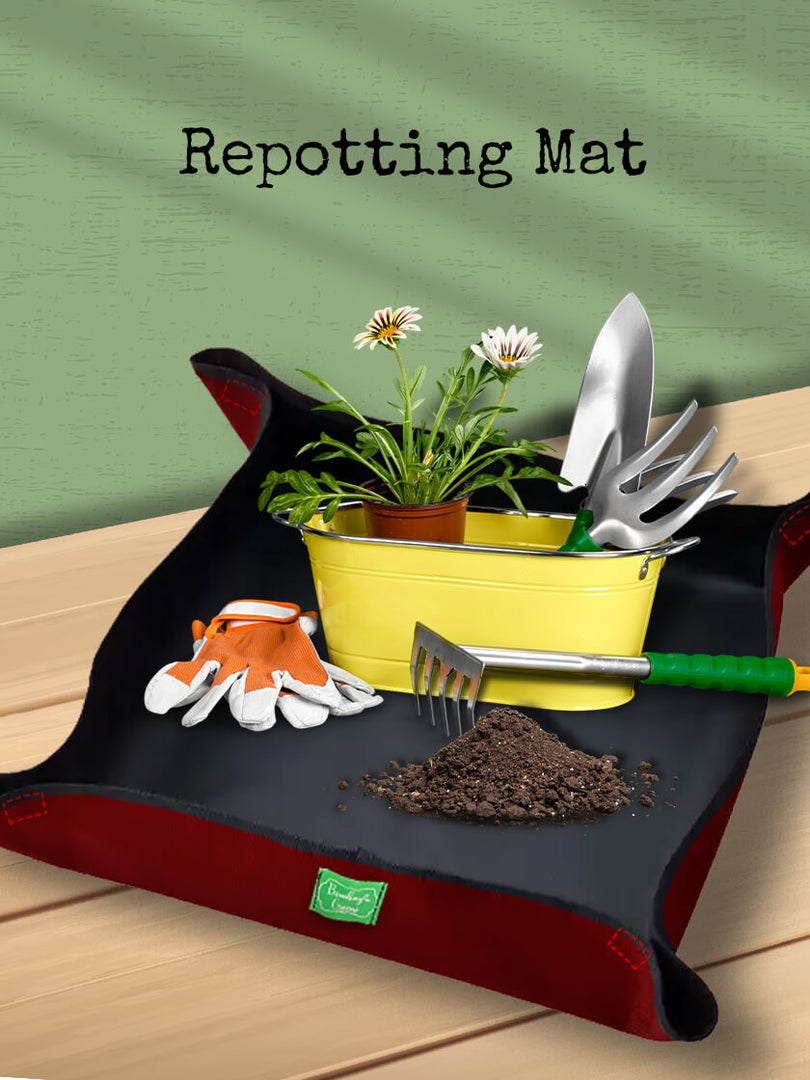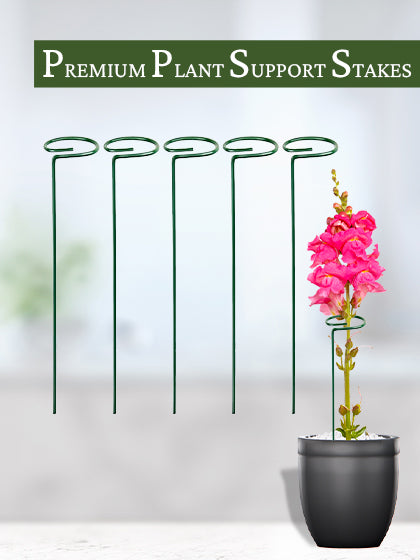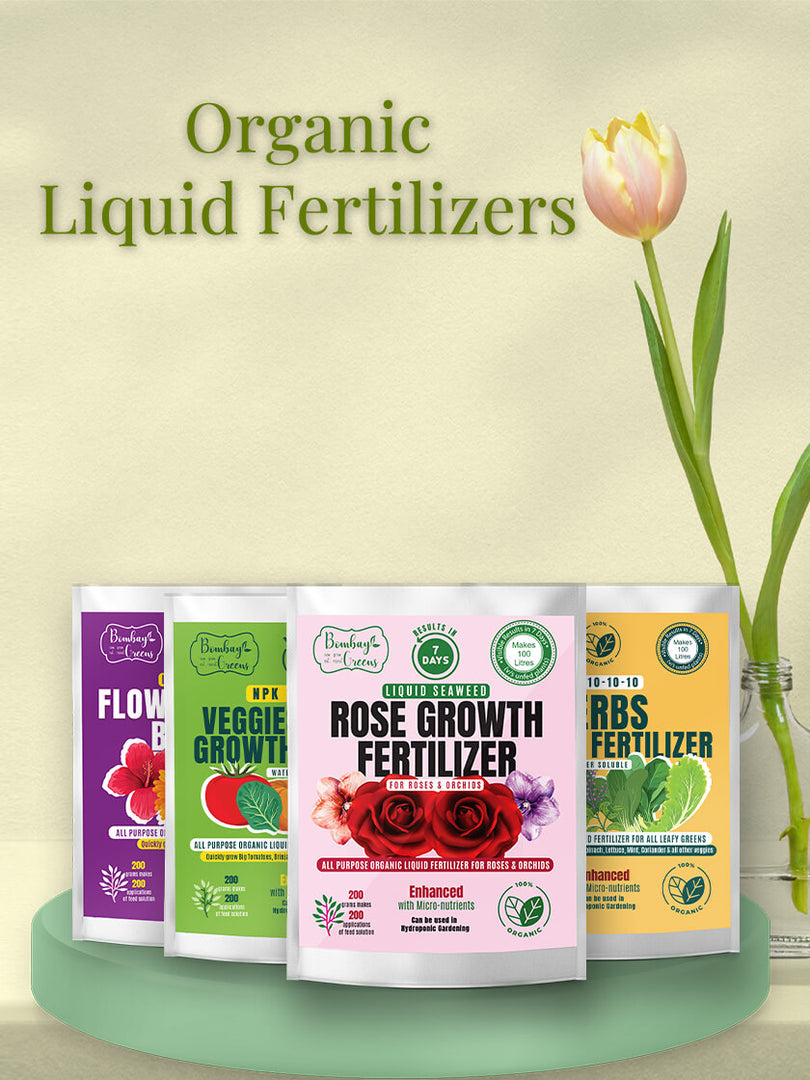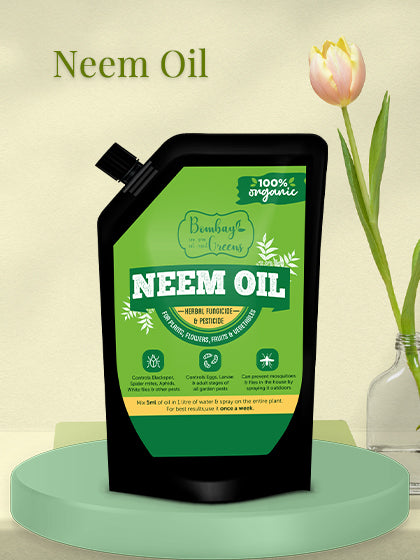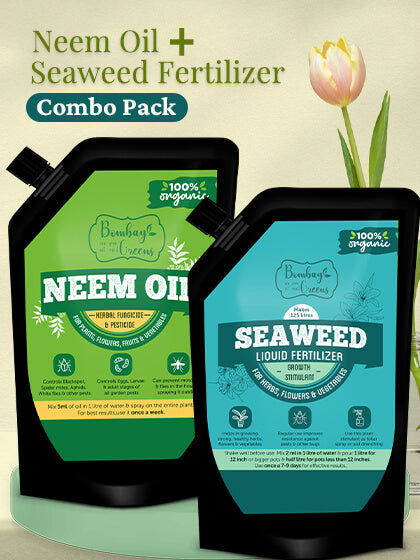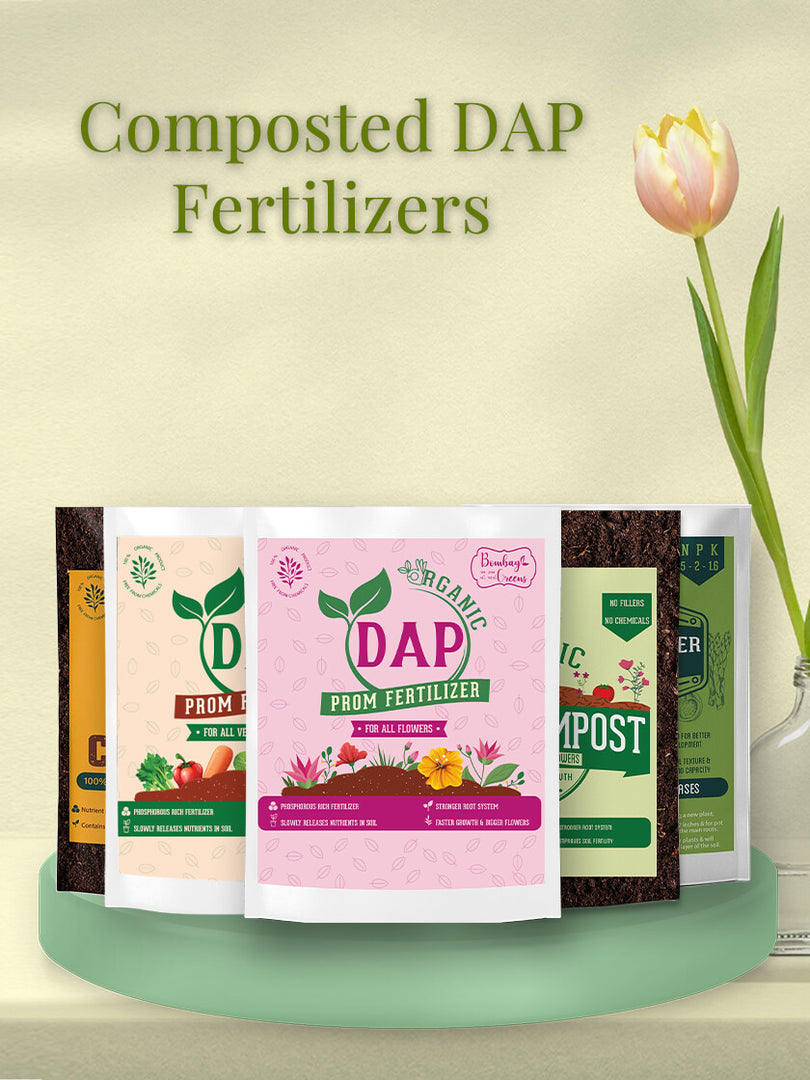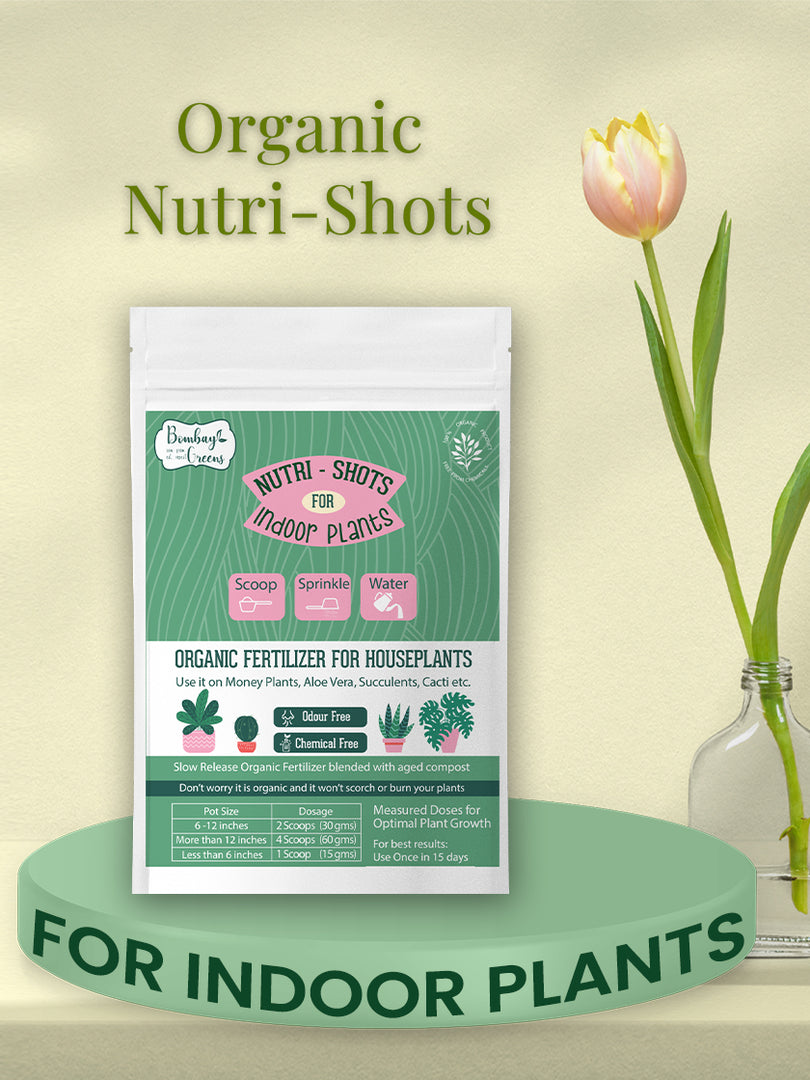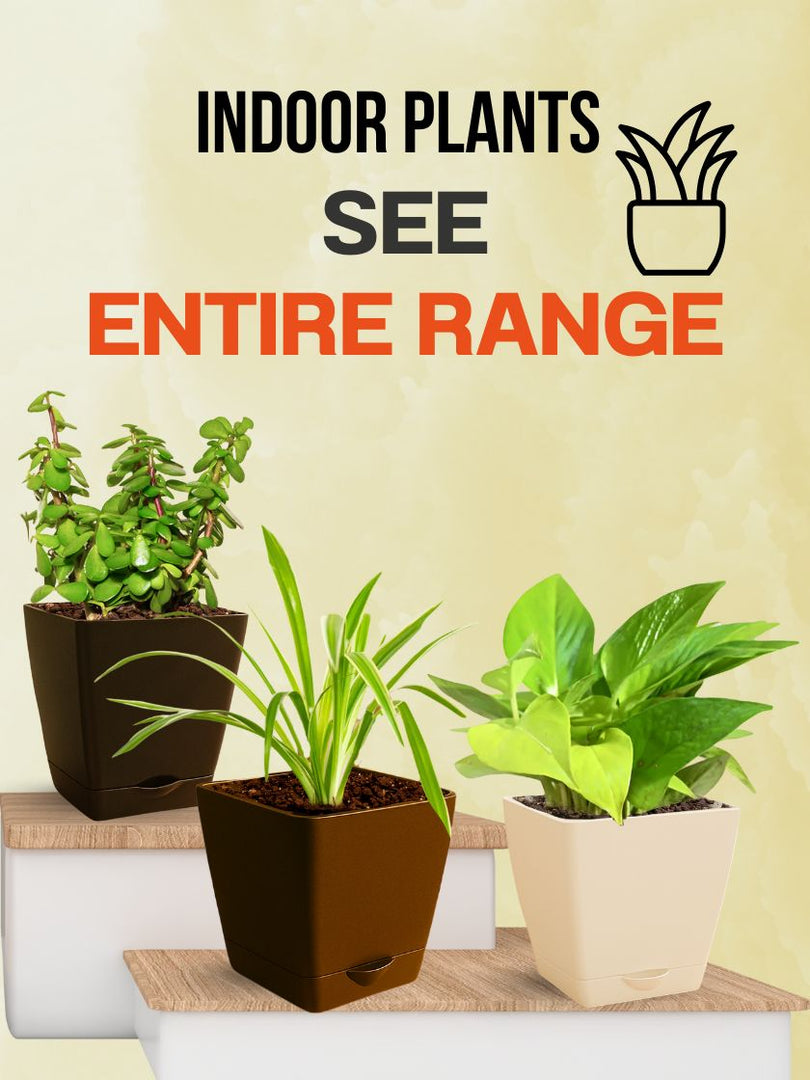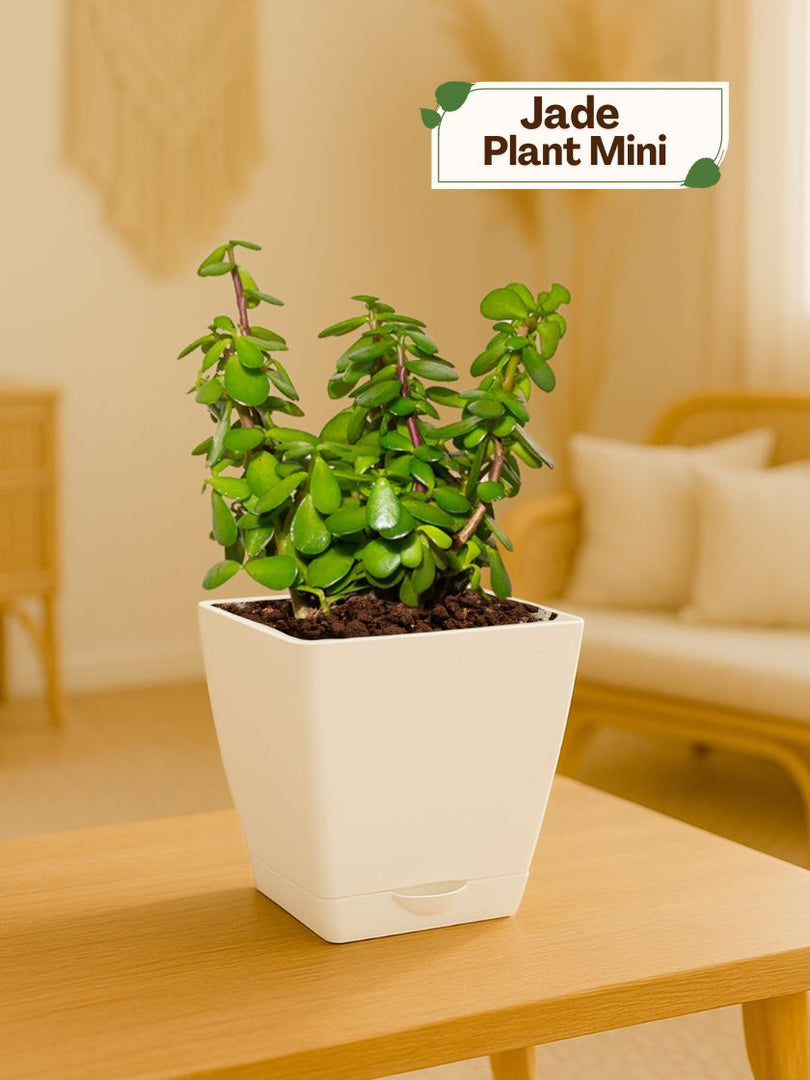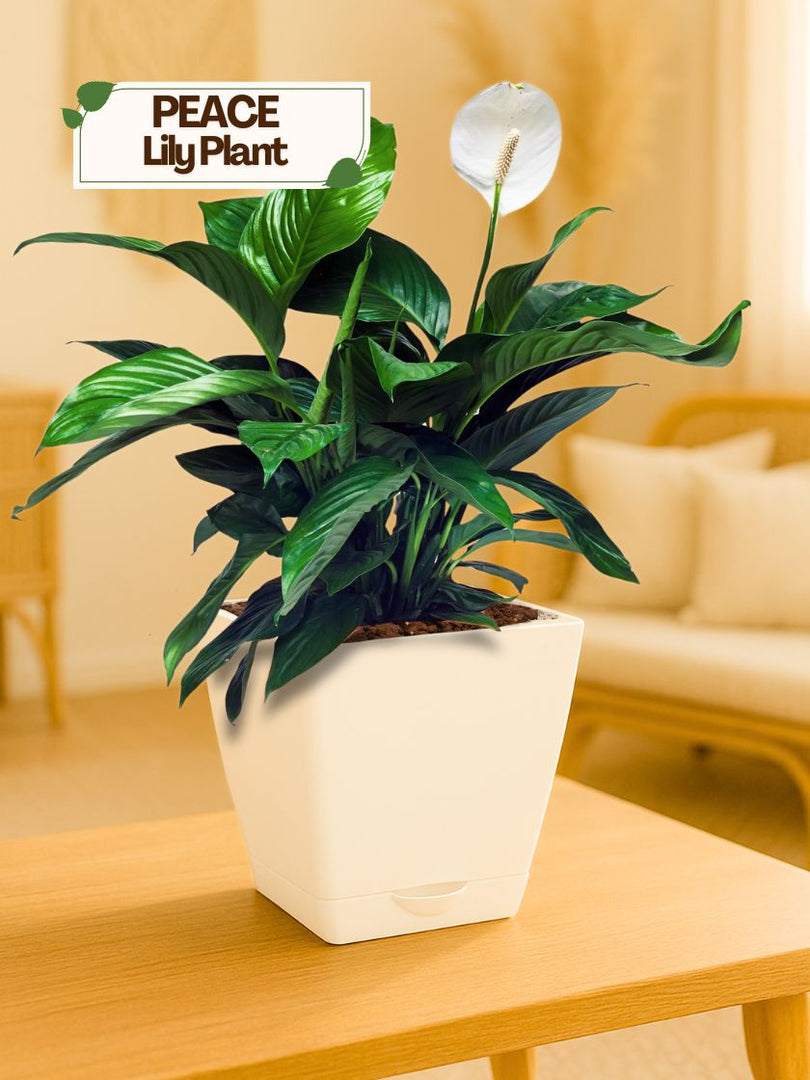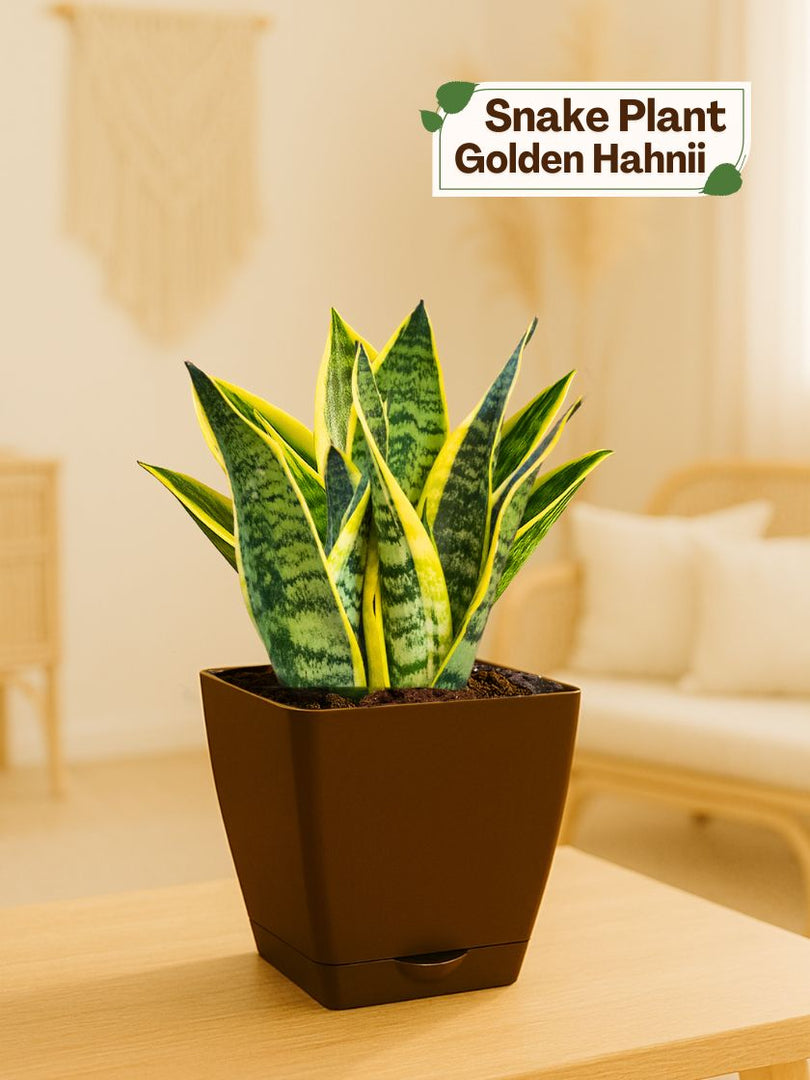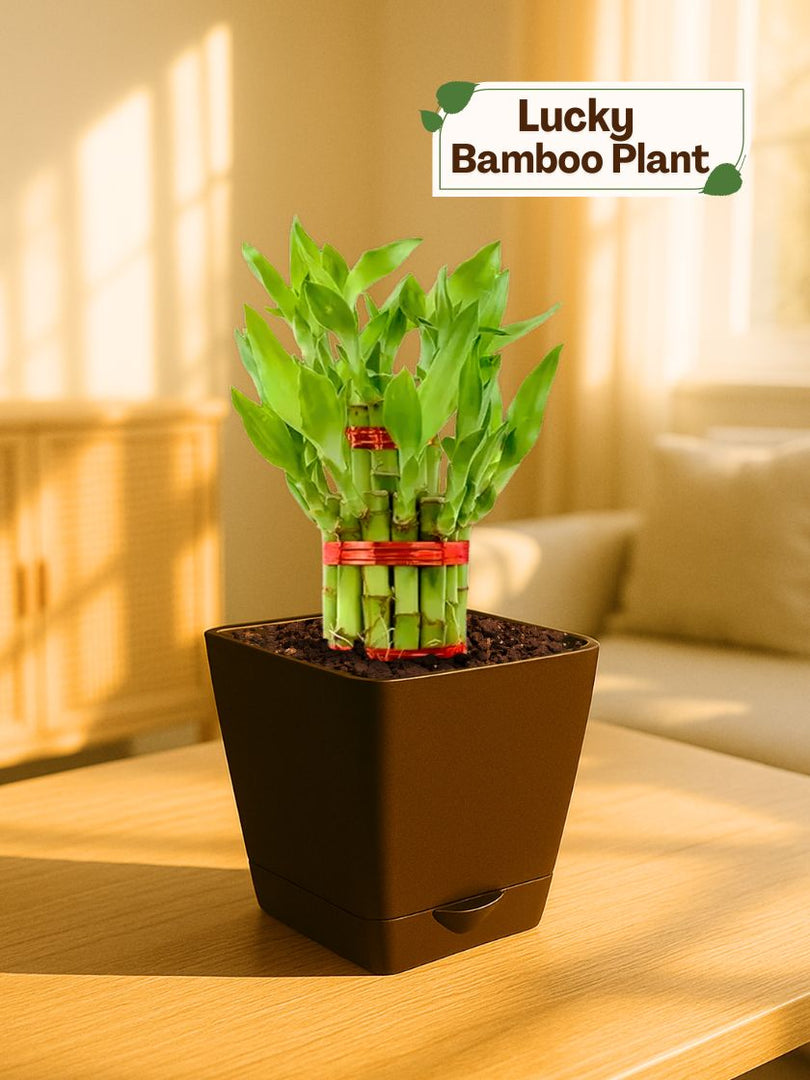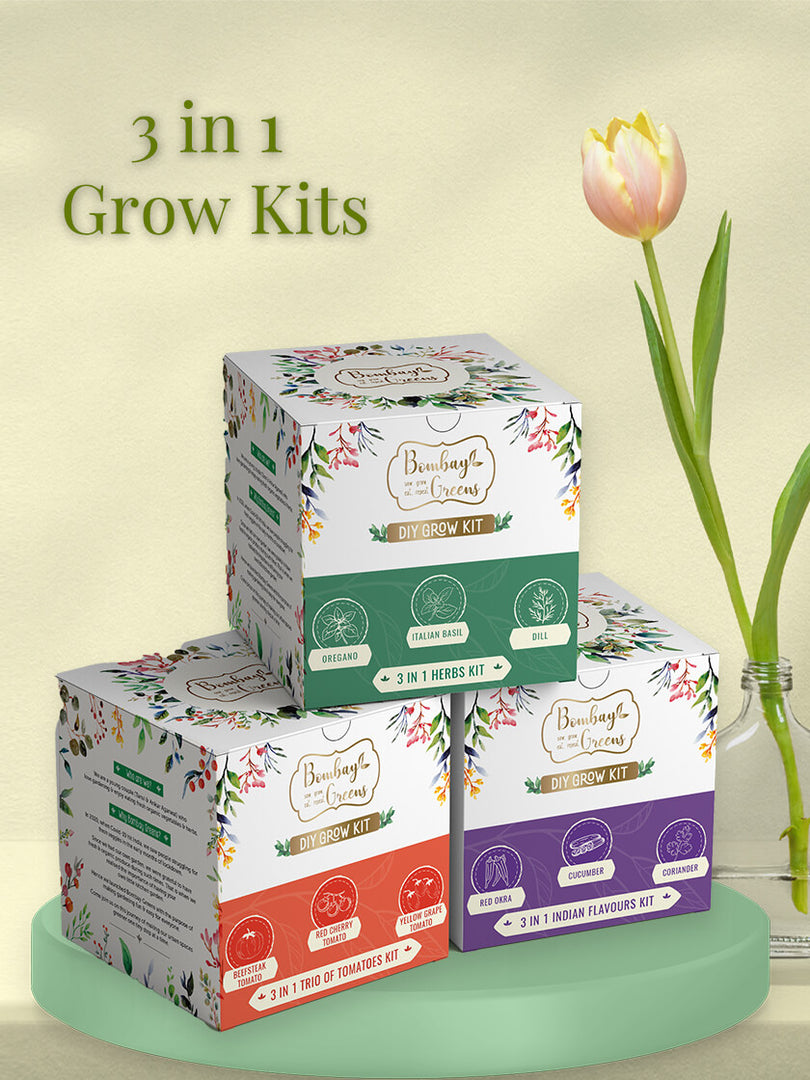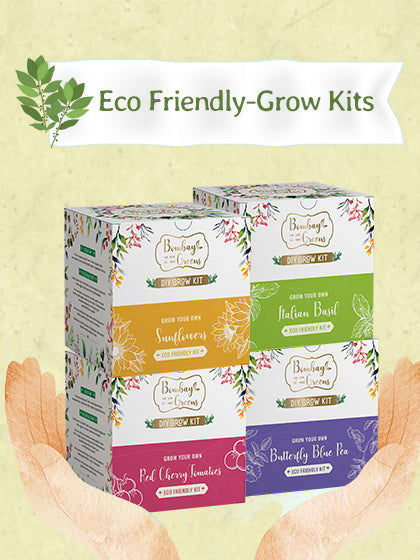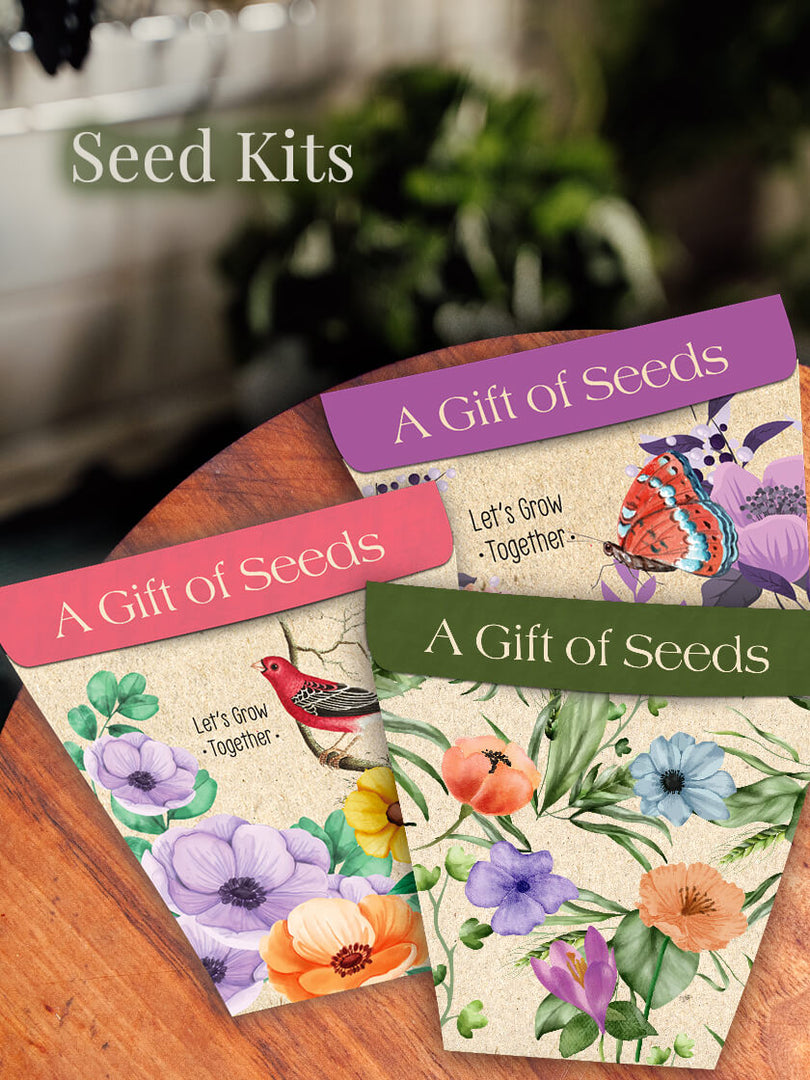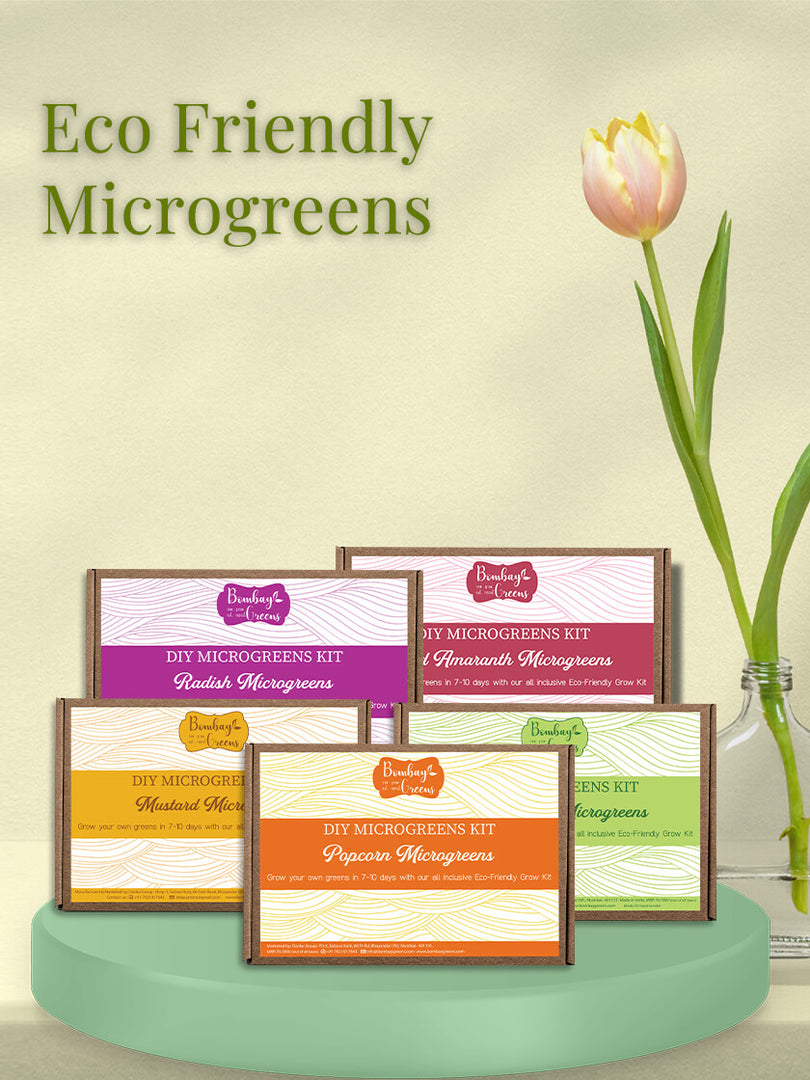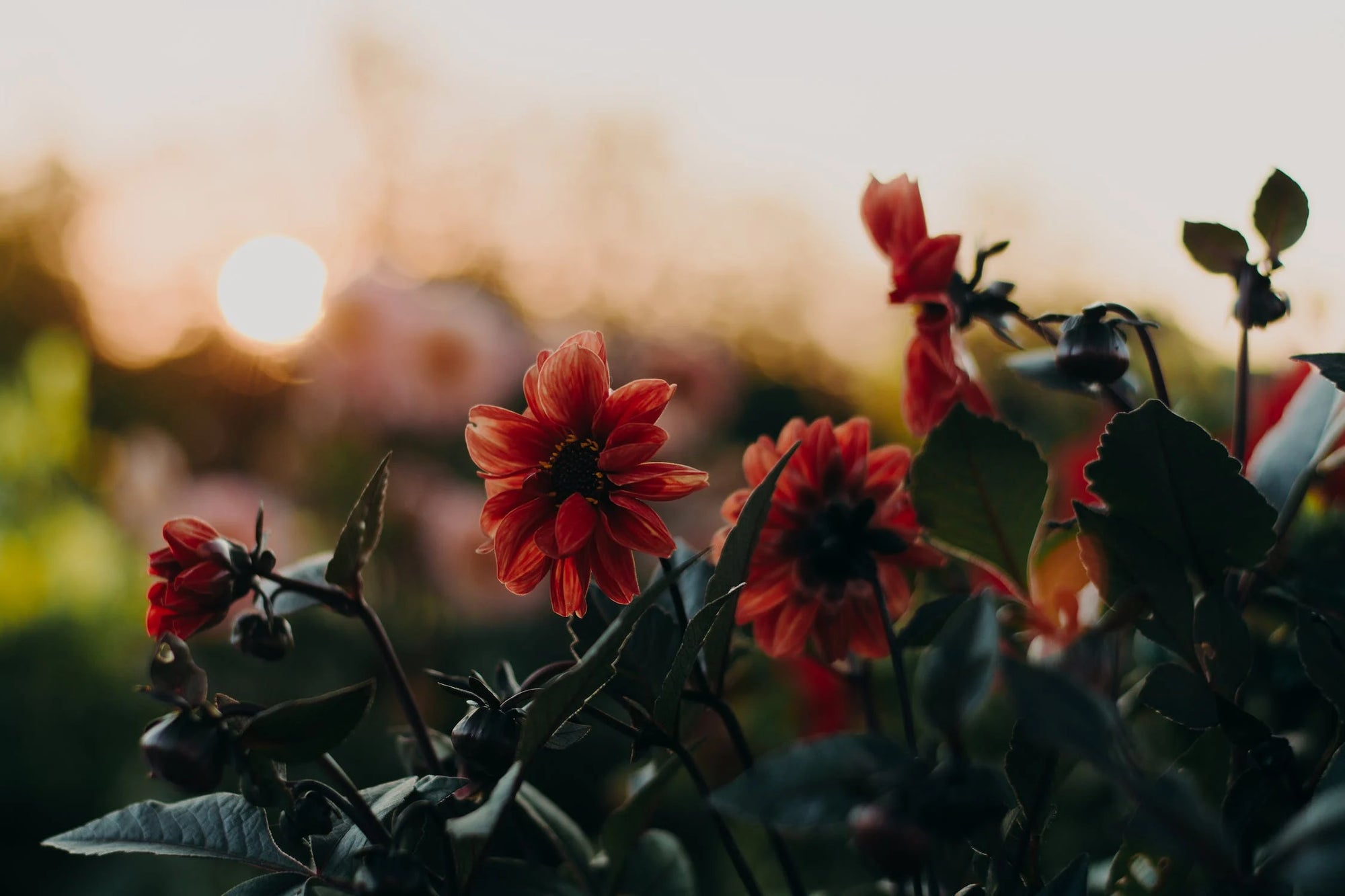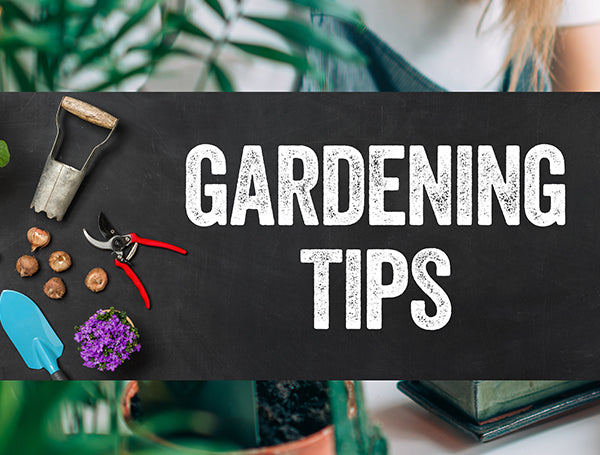Vermicomposting is a great way to recycle your kitchen scraps and garden waste, but it can be a little confusing if you're not sure what steps to take. This post will help you get started with vermicomposting, including information about different types of compost and how to turn food waste into compost quickly.
What is the meaning of vermicomposting
 Vermicomposting is a method of composting organic matter using worms. It's not just for people who have a garden or backyard, it can be used anywhere there's soil and food waste. Vermi-composting is an excellent way to recycle organic material into rich fertilizer that you can use in your garden or farmers market stall.
Vermicomposting is a method of composting organic matter using worms. It's not just for people who have a garden or backyard, it can be used anywhere there's soil and food waste. Vermi-composting is an excellent way to recycle organic material into rich fertilizer that you can use in your garden or farmers market stall.Vermicomposting and its benefits
 Vermicomposting is a great way to break down food waste and turn it into nutrient-rich compost, which you can use in your garden. You’ll also be helping the environment by reducing the amount of waste that ends up in landfills, so if you want to make a difference in the world while enjoying organic fertilizer for your plants and soil, vermicomposting might just be right up your alley. Vermicomposting benefits include:
Vermicomposting is a great way to break down food waste and turn it into nutrient-rich compost, which you can use in your garden. You’ll also be helping the environment by reducing the amount of waste that ends up in landfills, so if you want to make a difference in the world while enjoying organic fertilizer for your plants and soil, vermicomposting might just be right up your alley. Vermicomposting benefits include:
- The ability to grow vegetables without using synthetic pesticides or fertilizers (which could harm your health)
- A healthier environment by reducing pollution from landfills.
Types of vermicomposting
 Vermicomposting is a fun and easy way to turn your kitchen waste into healthy soil. The process involves breaking down food and other organic materials into small pieces, which are then mixed with worms (vermiculture) or bacteria (bio-digestion). There are two main types of vermicomposting:
Vermicomposting is a fun and easy way to turn your kitchen waste into healthy soil. The process involves breaking down food and other organic materials into small pieces, which are then mixed with worms (vermiculture) or bacteria (bio-digestion). There are two main types of vermicomposting:
- Bio-digester: This method uses microbes to break down organic matter in the same way that an animal does. It's similar to composting, but it doesn't require any heat or air conditioning because the microbes do the work for you!
- Worm bin: A worm bin is simply a container containing worms that digest any food scraps left over from meals or cooking sessions.
How to start with Vermicomposting?
The first step to getting started with vermicomposting is purchasing a worm bin. There are many different types of bins available, but the one you choose will depend on the size of your garden and space requirements. Once you have purchased your bin, it’s time for you to start adding food scraps like fruit and vegetable peelings as well as grass clippings from lawns or gardens into the compost pile inside the bin.How Vermicomposting is different from composting?
Composting is the process of breaking down organic materials into a more usable form by using natural processes and microorganisms. The compost pile is typically made up of a mixture of plants, animals, and soil that decomposes slowly over time. As it breaks down, heat generated by those microorganisms causes water to evaporate from the pile until only dry matter remains at the bottom.Vermicomposting differs from traditional composting in its focus on growing beneficial bacteria that can be used to fertilize soil or feed plants directly rather than adding them back into your garden after processing with worms or other animals.

What is the difference between Vermicompost, Fertilizers & Manure?
Fertilizers, manure, and vermicompost serve as soil amendments. While fertilizers contain specific nutrients and are used to provide plants with immediate nourishment, manure is an organic substance that releases nutrients over time. Vermicompost, on the other hand, is a mix of decomposing organic matter and worm castings that improve soil structure and fertility.Also, Read - Difference between manure and fertilizer
Pros and Cons of Vermicomposting.
Vermicomposting is a great way to recycle your food waste and turn it into usable compost.Pros of Vermicomposting:
- It's free. You can use any organic waste from your kitchen, garden or lawn as ingredients for your compost pile!
- It's eco-friendly. Composting has been proven to help reduce greenhouse gases by up to 80%. This makes it an excellent choice for anyone looking to cut down on their carbon footprint or help reduce pollution in their community by sending less garbage out into landfills every year.
- It's also easy on the wallet because you won't have any added expenses when starting out (though if you want something fancier than a regular bin would cost more).
Cons of Vermicomposting:
 Vermicomposting has many benefits, but it also has some disadvantages.
Vermicomposting has many benefits, but it also has some disadvantages.
- One of the main downsides is that it requires a certain degree of maintenance and knowledge in order to be done successfully.
- It can also produce unpleasant odours and attract pests if not done properly.
- Additionally, it may not be practical for those who live in areas with limited space or those who have certain health conditions.
FAQs

-
How often should you feed your worms?
You can keep your worms fed every few days, depending on how much food you add to the bin. The more food you add, the more often you will need to feed. A good rule of thumb is to take out half of what they eat and replace it with fresh food every few days. In addition, make sure that you are keeping an eye on the amount of food that is left in the bin so that you know when to stop feeding them. -
Can organic vermicompost be used for indoor plants?
Absolutely! Organic Vermicompost is a great soil alternative for indoor plants. It has similar nutrient levels and pH levels as soil, so it's ideal for growing houseplants and flowering plants. It can also be used as a soil amendment for indoor plants. You can also use vermicompost as a composting medium for growing seedlings or seedlings that are ready for transplanting into their permanent homes.
-
Which worm is used in vermicomposting?
The worms used for vermicomposting are red wigglers, or Eisenia fetida. These are naturally occurring soil creatures that have no predators and will eat almost anything. They have an extremely high nutritional value, as well as being high in protein and other nutrients.
-
How do I maintain my vermicompost bin?
The best way to maintain your compost bin is to keep the worms fed. This means feeding them once a week with a shallow layer of leaves and kitchen waste (for example, vegetable peelings) and another layer of kitchen waste once they start producing compost. You can also add fresh earthworm casts every few weeks if you wish.
-
How long does it take for vermicompost to be ready?
The length of time it takes a worm bin to produce usable compost depends on the type of worms you use, how much material you want to compost and the size of your bin. The average time is between two months and one year. If you're looking for an option that's faster than that, there are also commercial products available.
-
What materials can be composted in a worm bin?
Worms are not selective eaters. They will eat anything and everything, including leaves and other organic materials. Some worms love grains or seeds, but many will eat just about anything.
- Here's a list of common materials that are safe for composting in a worm bin:
- Vegetables, fruits and other produce scraps. You can also add meat, bones and coffee grounds to your compost pile.
- Coffee grounds and tea bags, Eggshells. Tea leaves are very acidic and can help balance the pH level of your soil. They also contain nitrogen, which is an important nutrient for plant growth. Coffee grounds are rich in nitrogen and also have many minerals that plants need to grow healthy roots. Leaves. Worms can digest leaves fairly well once they've been laid out to dry for several days before adding them to the bin. You may need to add some extra moisture to help them break down more easily.
- Straw, hay, paper scraps and cardboard tubes (the kind used for shipping). Worms love these things! They're high in nitrogen content and will help speed up decomposition times by providing additional fuel for bacteria and fungi.
- Grass clippings (if you have a lawn or garden). Grass is full of nitrogen and carbon, which helps feed soil microbes as well as strong plants such as corn or soybeans when they're grown in quantity.
Now you have all the information needed to start your own vermicomposting system. The most important thing is to be patient, and don’t give up if it takes some time to get it right. You will find that once you get the hang of things, it will become second nature!

Tanvi Agarwal - Co-founder
Driven by a deep-seated love for nature and a keen entrepreneurial spirit, she co-founded Bombay Greens, transforming urban spaces into thriving green havens. Recognizing the need for accessible and sustainable gardening solutions in the bustling city, she poured her passion into building a brand that empowers individuals to cultivate their own green spaces, regardless of their location or experience. Her vision extends beyond simply selling gardening items; it's about fostering a community connected to nature, one balcony, rooftop, and windowsill at a time.
Back to top
